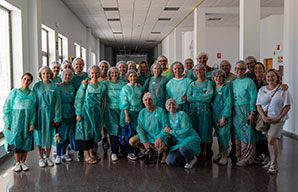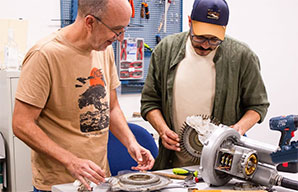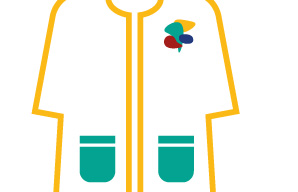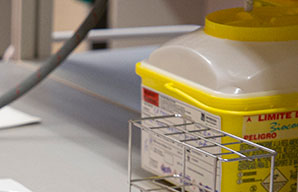Transparent mice, an advance that can change medicine
biomedicina, líquido, ratones, Stanford, tejidos, transparente
21 January 2025
A team of researchers at Stanford University has made a surprising breakthrough by developing a liquid that makes mouse tissue transparent. Published in the journal Science, this discovery promises to revolutionize the field of biomedical research by allowing clearer and more detailed visualization of internal organs and tissues without the need for invasive procedures.
Dr. Guosong Hong, one of the lead authors of the study, commented in Science: “This liquid is a game-changer in the way we can observe tissues. “It provides a clear window into the interior of organs without the need for invasive procedures.” Additionally, Dra. Elizabeth L. Schmidt, co-author of the study, highlighted: “Being able to see tissues in their natural state is essential to better understand biological processes and advance the development of new treatments.”

Images and real data from the study carried out by researchers at Stanford University. Source: the journal Science
Specifically, the authors used a solution created with water and tartrazine, a very widespread artificial food coloring (the famous E-102 or yellow food coloring number 5) that is used in products such as jelly beans, energy drinks, tortilla chips, mustard or even as paella coloring to replace saffron. The ‘magic’ occurs because dissolving light-absorbing molecules in water changes the refractive index of the solution so that it matches the refractive index of tissue components, such as lipids. “In essence, the dye molecules reduce the degree to which light is scattered in the skin tissue, like dissipating a fog bank,” the authors note.
This breakthrough has the potential to transform the way we research and treat various diseases. The transparency of tissues will allow scientists to study biological processes in an unprecedented level of detail, facilitating the early detection of diseases and the creation of more effective therapies. As this technology is refined and adapted to other types of tissues and organisms, it could open new avenues for less invasive diagnoses and a better understanding of complex medical conditions. In the future, these types of innovations could radically change our approach to medicine and significantly improve quality of life.







